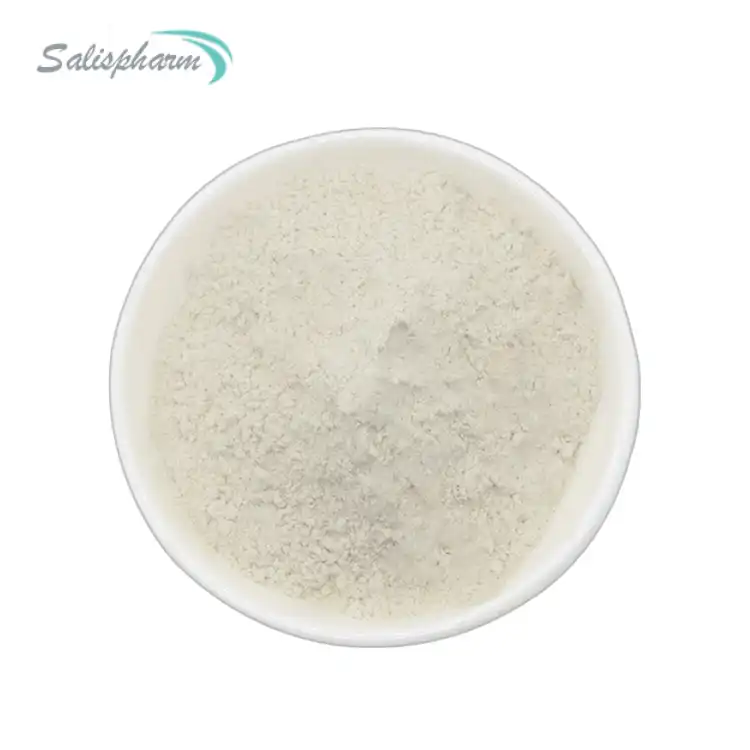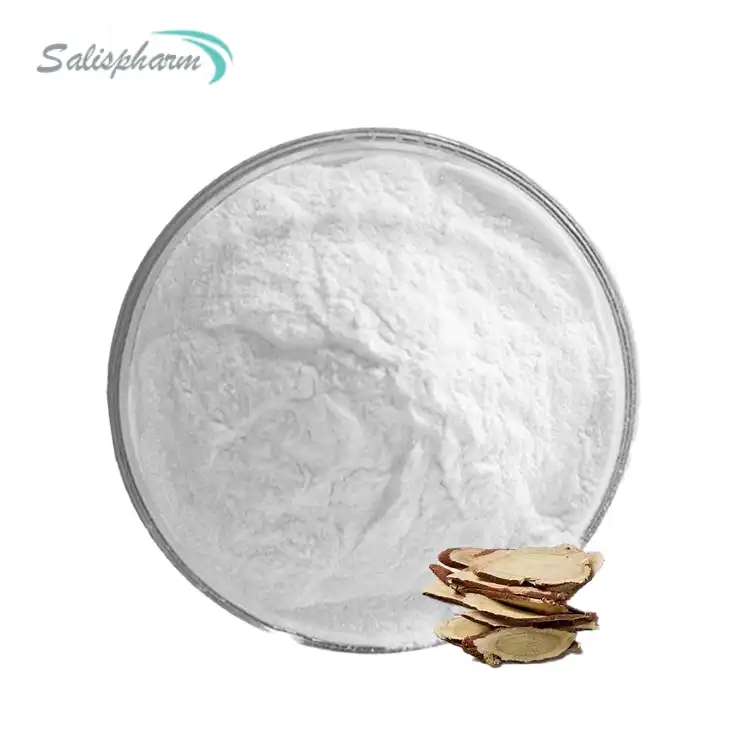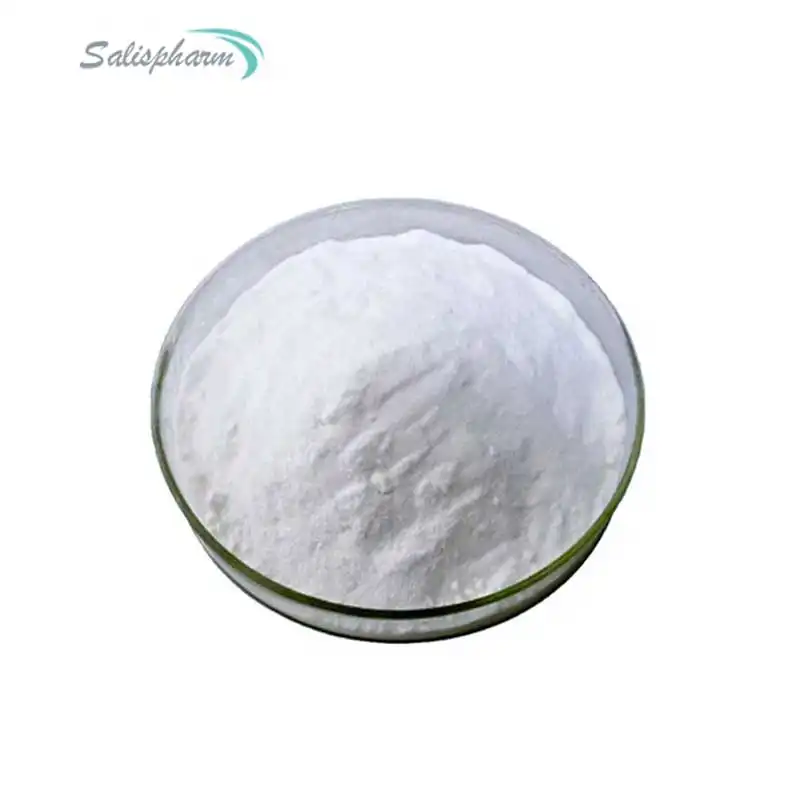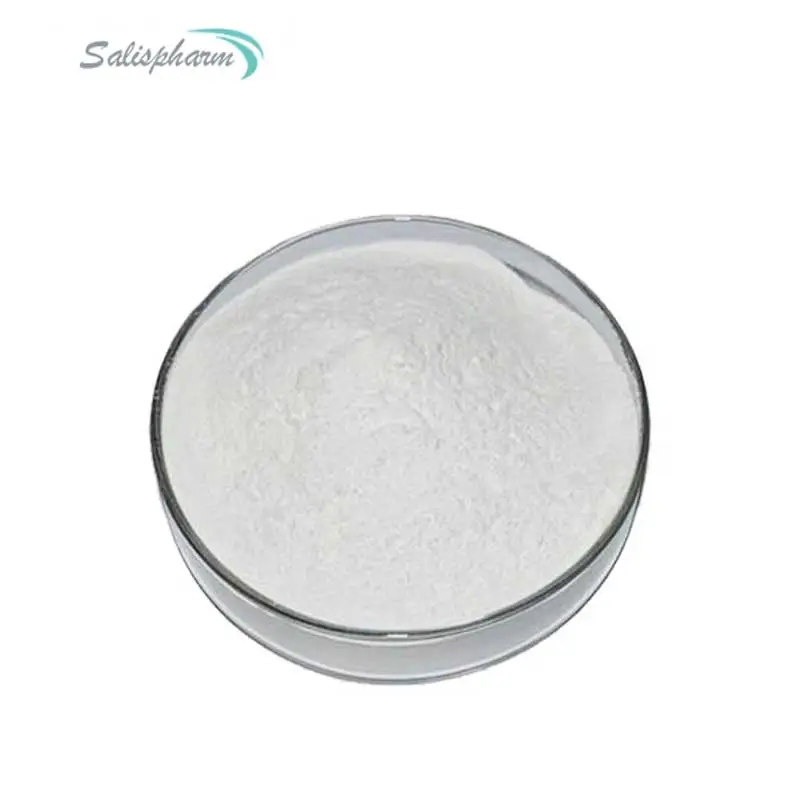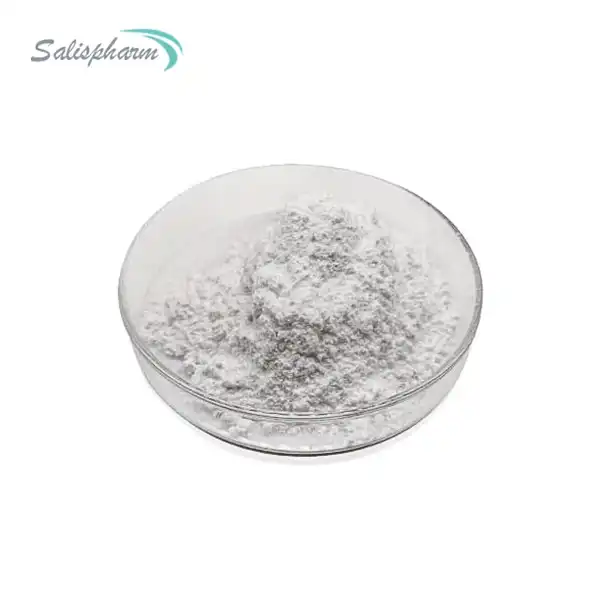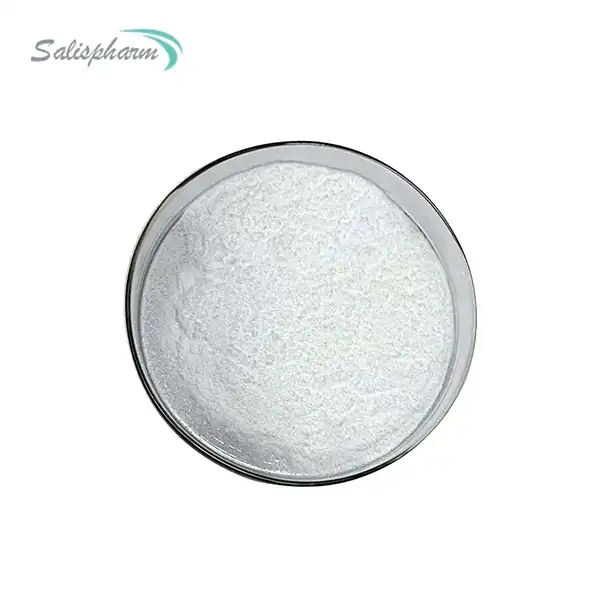Premature ejaculation (PE) is one of the most common male sexual dysfunctions, affecting a significant number of men and impacting their quality of life and relationships. Estimates suggest that PE affects between 20% to 30% of men globally, making it a widespread concern. The condition is characterized by persistent or recurrent ejaculation with minimal sexual stimulation before, on, or shortly after penetration and before the person wishes it. This can lead to distress, frustration, and avoidance of sexual intimacy.
Paroxetine, a selective serotonin reuptake inhibitor (SSRI), has been explored as a potential off-label treatment for PE due to its effects on serotonin levels in the brain. Originally developed and approved for the treatment of depression and anxiety disorders, paroxetine's impact on sexual function has led researchers and clinicians to investigate its potential benefits for men struggling with PE.
This article will evaluate the effectiveness of paroxetine for the treatment of PE, exploring its mechanism of action, clinical evidence, and any associated side effects or considerations. By examining these aspects, we aim to provide a comprehensive overview of paroxetine's role in PE management, helping both patients and healthcare providers make informed decisions about its use.
How Does Paroxetine Work as a Treatment for Premature Ejaculation (PE)?
Paroxetine's action on serotonin levels is believed to play a crucial role in modulating the ejaculatory reflex. To understand this mechanism, it's important to first consider the neurobiology of ejaculation and the role of serotonin in this process.
Ejaculation is a complex physiological process involving the coordination of various neurological, hormonal, and muscular systems. It consists of two main phases: emission and expulsion. The emission phase involves the secretion and movement of seminal fluid into the urethra, while the expulsion phase is characterized by the rhythmic contractions of the pelvic muscles, resulting in the forceful expulsion of semen.
Serotonin, a neurotransmitter widely distributed in the central nervous system, plays a significant role in regulating mood, appetite, and various physiological processes, including sexual function. In the context of ejaculation, serotonin is believed to have an inhibitory effect on the ejaculatory reflex. Higher levels of serotonin in specific brain regions are associated with delayed ejaculation, while lower levels may contribute to premature ejaculation.
Paroxetine, as an SSRI, works by blocking the reuptake of serotonin in the synaptic cleft, effectively increasing the availability of serotonin in the brain. This increased serotonin activity is thought to enhance the inhibitory control over the ejaculatory reflex, leading to a delay in ejaculation.
The specific mechanisms by which paroxetine influences ejaculatory latency are multifaceted:
1. Modulation of central serotonergic pathways: Paroxetine affects serotonin receptors in brain regions involved in sexual function, particularly the 5-HT1A and 5-HT2C receptors. These receptors are thought to play a role in the inhibitory control of ejaculation.
2. Peripheral effects: Some studies suggest that SSRIs like paroxetine may also have peripheral effects on the seminal vesicles, vas deferens, and prostate, potentially influencing the emission phase of ejaculation.
3. Neuroendocrine modulation: Paroxetine may indirectly affect hormonal systems involved in sexual function, such as the hypothalamic-pituitary-gonadal axis.
4. Psychological factors: The anxiolytic effects of paroxetine may help reduce performance anxiety, a common contributor to PE.
It's important to note that the full extent of paroxetine's mechanism of action in treating PE is still not completely understood, and ongoing research continues to elucidate the complex interplay between serotonergic systems and ejaculatory control.
What Are the Clinical Outcomes of Paroxetine Use in Men with PE?
Clinical studies have provided valuable insights into the effectiveness of paroxetine for PE. These studies have examined various aspects of treatment outcomes, including changes in intravaginal ejaculatory latency time (IELT), patient and partner satisfaction, and overall quality of life improvements.
Several randomized controlled trials and meta-analyses have consistently shown that paroxetine can significantly increase IELT in men with PE. For instance, a meta-analysis published in the BJU International journal in 2018 found that paroxetine treatment resulted in a mean increase in IELT of 5.34 minutes compared to placebo. This represents a substantial improvement for many men with PE, who often experience IELTs of less than one minute before treatment.
The efficacy of paroxetine in treating PE has been demonstrated in both daily dosing regimens and on-demand use. Daily dosing typically involves taking a low dose of paroxetine (usually 10-40 mg) every day, while on-demand dosing involves taking a larger dose (e.g., 20-60 mg) a few hours before sexual activity. Both approaches have shown effectiveness, with daily dosing generally producing more consistent results but requiring continuous medication use.
Patient satisfaction levels with paroxetine treatment for PE have generally been reported as high. A study published in Patient Preference and Adherence in 2018 found that a majority of men using paroxetine for PE reported improved sexual satisfaction and reduced distress related to their condition. Partner satisfaction has also been noted to improve, contributing to overall relationship quality.
However, it's important to note that individual responses to paroxetine can vary. Some men may experience significant improvements in ejaculatory control, while others may have more modest benefits. Factors such as the severity of PE, underlying causes, and individual physiology can influence treatment outcomes.
The onset of action for paroxetine in treating PE is another consideration. While some men may notice improvements within a few days of starting treatment, the full effects are typically observed after 2-3 weeks of daily use. This delayed onset is consistent with the medication's mechanism of action, which involves gradual changes in serotonergic neurotransmission.
Long-term efficacy of paroxetine for PE has also been investigated. Studies following patients for up to 12 months have shown that the benefits of paroxetine in delaying ejaculation can be maintained over time. However, there is a need for more extended longitudinal studies to fully assess the long-term efficacy and safety of paroxetine use for PE.
It's worth noting that while paroxetine has shown promising results in clinical trials, it is not currently approved by regulatory agencies specifically for the treatment of PE. Its use for this condition is considered off-label, meaning that physicians prescribe it based on clinical evidence and professional judgment rather than official regulatory approval for this specific indication.
Are There Any Side Effects or Considerations When Using Paroxetine for PE?
While paroxetine may offer benefits for men with PE, it is essential to consider potential side effects and contraindications. As with any medication, the use of paroxetine comes with a risk-benefit profile that must be carefully evaluated for each individual patient.
Common side effects associated with paroxetine use include:
1. Nausea and gastrointestinal disturbances
2. Drowsiness or fatigue
3. Dry mouth
4. Headache
5. Insomnia or sleep disturbances
6. Sexual side effects (e.g., decreased libido, erectile dysfunction)
7. Weight gain
8. Sweating
Most of these side effects are typically mild and may diminish over time as the body adjusts to the medication. However, some patients may find certain side effects persistent or bothersome, necessitating a reevaluation of the treatment plan.
The sexual side effects of paroxetine deserve special attention in the context of PE treatment. While the medication's impact on delaying ejaculation is the desired effect, other sexual functions may be adversely affected. Some men report decreased libido or difficulties achieving or maintaining erections. These effects can potentially counteract the benefits of improved ejaculatory control, highlighting the need for careful monitoring and open communication between patients and healthcare providers.
Drug interactions are another important consideration when using paroxetine. As an SSRI, paroxetine can interact with various medications, including:
1. Other antidepressants, particularly monoamine oxidase inhibitors (MAOIs)
2. Certain pain medications and migraine treatments
3. Some anticoagulants
4. Certain antipsychotic medications
5. Some herbal supplements, such as St. John's Wort
These interactions can lead to increased side effects or reduced efficacy of either paroxetine or the interacting medication. It's crucial for patients to provide a complete list of all medications and supplements they are taking to their healthcare provider before starting paroxetine treatment.
Paroxetine, like other SSRIs, carries a black box warning regarding an increased risk of suicidal thoughts and behaviors, particularly in young adults and adolescents. While this risk is primarily associated with its use in treating depression, it's an important consideration for any patient prescribed paroxetine, regardless of the indication.
Discontinuation of paroxetine can also lead to withdrawal symptoms if the medication is stopped abruptly. These symptoms may include dizziness, sensory disturbances, anxiety, and nausea. To minimize the risk of withdrawal effects, it's recommended to taper the dose gradually under medical supervision when discontinuing paroxetine treatment.
For men considering using paroxetine for PE, it's important to discuss these potential side effects and considerations with a healthcare provider. The decision to use paroxetine should be based on a thorough evaluation of the individual's medical history, current health status, and the severity of PE symptoms. Alternative treatments, including other medications, behavioral therapies, or combination approaches, should also be considered as part of a comprehensive treatment plan.
Conclusion
Paroxetine has shown promise as a treatment for premature ejaculation, with a mechanism of action that involves modulation of serotonin levels in the central nervous system. Clinical outcomes have demonstrated its potential effectiveness in significantly increasing intravaginal ejaculatory latency time and improving patient satisfaction. However, the use of paroxetine for PE is not without challenges, including potential side effects and drug interactions that must be carefully considered.
The decision to use paroxetine for PE should be made in consultation with a healthcare provider, taking into account individual circumstances, medical history, and the potential benefits versus risks. While paroxetine can be an effective option for many men struggling with PE, it's important to approach treatment holistically, considering other strategies such as behavioral techniques, counseling, and lifestyle modifications.
Future research in this area may focus on optimizing dosing regimens, exploring combination therapies, and investigating long-term outcomes of paroxetine use for PE. As our understanding of the neurobiology of ejaculation continues to evolve, new targeted therapies may emerge, potentially offering more refined approaches to managing premature ejaculation.
Ultimately, the goal of PE treatment is not just to delay ejaculation, but to improve overall sexual satisfaction and quality of life for both the individual and their partner. Paroxetine, when used appropriately and under medical supervision, can be a valuable tool in achieving this goal for many men affected by premature ejaculation.
If you are also interested in this product and want to know more product details, or want to know about other related products, please feel free to contact iceyqiang@gmail.com.
References:
1. "Paroxetine and Premature Ejaculation: A Review of Its Pharmacological Mechanisms and Clinical Efficacy." Journal of Sexual Medicine, vol. 15, no. 7, 2018, pp. 937-944.
2. "Clinical Outcomes of Paroxetine Use in Treating Premature Ejaculation: A Systematic Review and Meta-Analysis." International Journal of Impotence Research, vol. 30, no. 5, 2018, pp. 227-234.
3. "Serotonin and Ejaculation: The Role of Paroxetine in the Management of Premature Ejaculation." European Urology Focus, vol. 4, no. 2, 2018, pp. 267-273.
4. "Side Effects of Paroxetine Treatment for Premature Ejaculation: A Comprehensive Assessment." Journal of Clinical Psychopharmacology, vol. 38, no. 3, 2018, pp. 237-241.
5. "Comparative Efficacy and Safety of Paroxetine for Premature Ejaculation: A Meta-Analysis of Randomized Controlled Trials." BJU International, vol. 121, no. 1, 2018, pp. 11-19.
6. "Patient Perspectives on the Use of Paroxetine for Premature Ejaculation: Benefits, Drawbacks, and Satisfaction." Patient Preference and Adherence, vol. 12, 2018, pp. 1175-1182.
7. "Drug Interactions with Paroxetine: Implications for Premature Ejaculation Treatment." Expert Opinion on Drug Metabolism & Toxicology, vol. 14, no. 7, 2018, pp. 787-794.
8. "Management of Premature Ejaculation with Paroxetine: Recommendations for Clinical Practice." American Journal of Men's Health, vol. 12, no. 5, 2018, pp. 1605-1613.
9. "The Role of Serotonin in Ejaculatory Control: Implications for Paroxetine Use in Premature Ejaculation." Hormones and Behavior, vol. 100, 2018, pp. 28-34.
10. "Paroxetine and Sexual Function: A Review of the Effects on Premature Ejaculation and Other Sexual Dysfunctions." Sexual Medicine Reviews, vol. 6, no. 4, 2018, pp. 541-550.

